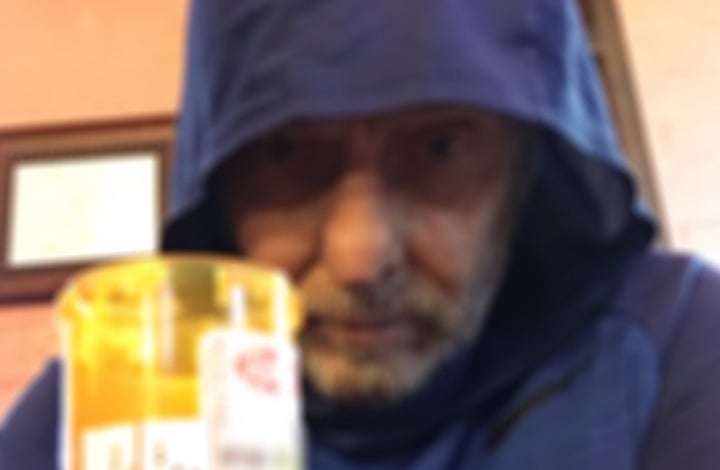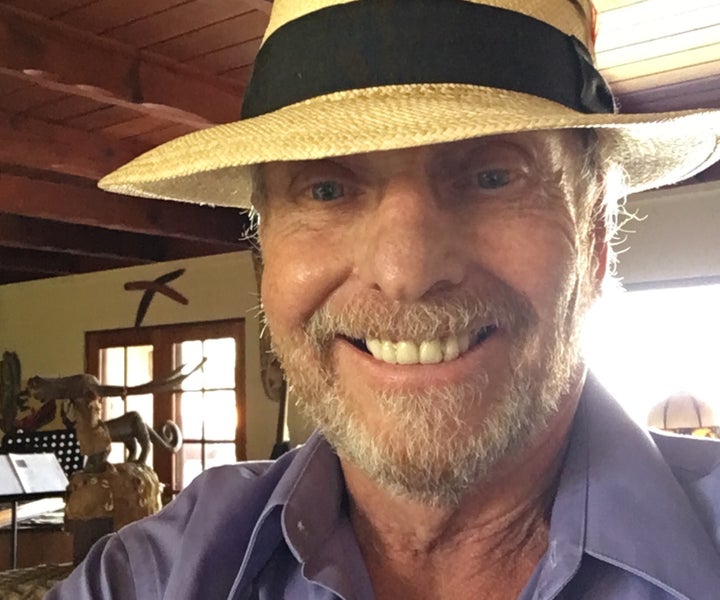
1998 was a great year for many people. Mark McGwire banged 70 home runs. James Cameron scored with Titanic. ‘N Sync’s Justin Timberlake was hot but we all knew he was just a flash in the pan.
For me, 1998 wasn’t so great: I went to jail behind my addiction to methamphetamine and Xanax and served most of my eight-month sentence. I had no money, and the System can pretty much do whatever it wants to you when you’re destitute and have to use a Public Defender.
I’m not proud of this, but that’s part of my story.
Before I became a slave to my addiction, I was a successful writer and musician in Washington, D.C. and San Antonio, Texas. I was an addict and an alcoholic, but isn’t that what creative people are supposed to be?
Where it all went completely wrong is a long story, but the short story is that my addiction to prescription and street drugs got completely out of hand, and I had to hustle to feed my addiction.
I’m pretty sure I would be dead if it hadn’t been for jail.
My story is partially a testimony to motivation and desperation as tools for recovery, but mostly an indictment of the failure of the traditional recovery system. I tried to get into a rehab or detox, but no one wanted a destitute 50-year-old man ― not even the Salvation Army, which had a six-month waiting list. Even today, “Only 1 in 10 of the more than 22 million people in America struggling with addiction who need treatment are able to get it,” according to Ryan Hampton in HuffPost.
So my addiction got worse. I lost my job, and I started writing my own prescriptions, and I started doing shady stuff on my computer and on the street. I wasn’t a very smart criminal, and it wasn’t long before there were warrants out for me.
I was arrested on February 25, 1998, and I was not released until August 22.
In jail I was medically detoxed in seven days from the benzodiazepines. (Most drug experts recommend at least ten weeks to detox from the amount I was taking, but I’m not complaining.) The detox was rough, but not as bad as life hustling on the streets of Ventura.
I was never “OR’d,” or released on my own recognizance after my arrest, so I was tried and convicted in a jail jumpsuit and shackles, the ultimate ignominy. After that, I was shuttled among three detention facilities: The Main Jail in Ventura, California, another jail in Santa Paula, California called Todd Road, and finally, The Camarillo Work Furlough Facility, where I was placed in a drug and alcohol rehab program called Stages, which no longer exists.
There you’re allowed to wear street clothes, breathe fresh air, and receive some treatment for your addiction. I literally jumped for joy when I got word that I was accepted, because I wasn’t getting any better watching Springer and Soul Train, and writing rhymes and raps to amuse the other cons.
I owe my life to Stages, and to the facilitators and counselors who worked there, like Debbie DeVries and Armando Vazquez of the Café on A in Oxnard.
Stages was no Betty Ford, but the program was solid. We met for groups on recovery, relapse prevention, and coping skills six hours a day. We wrote about and worked the first eight steps of AA/NA, and stopped there because making amends is the ninth step, and you can’t do that from a work furlough building. Stages may have been a little primitive, but it was what I needed: No BS, no MAT, or medication assisted treatment. It was just good, old-fashioned abstinence-based recovery combining support groups like AA and NA and lots of education. (As an addiction specialist, I am not against MAT. I just prefer abstinence.)
But it worked for me. I learned how to handle boredom, the real punishment in most U.S. jails and prisons. You get up, do breakfast, exercise, watch your favorite shows, play cards, write, do chores, volunteer in the kitchen—if you are to survive in jail, as in life, you must create the illusion that you are in control of your time.

You get in shape, however you can. (During the time I was locked up weights were taken out of jails and prisons, probably as a backlash to Rodney King, whom officers described as “buffed out,” hence dangerous to cops.) But you do pushups and sit-ups, and power walk.
You learn self-discipline, like getting up early, if you don’t already. You learn how to do chores. You learn cleanliness—cons are the cleanest people in the world.
But here’s the bitter truth: The vast majority of the men with whom I was locked up have not been as lucky as I was. Of those men, most have gone back, become fugitives, or died. Kenny, my “cellie” at Todd Road, died of an overdose in the first month after our release. David, the artistic genius Hell’s Angel who took me under his wing and protected me, died within five years, probably of emphysema from smoking meth.
I could have easily ended up in the same boat as most of my fellow prisoners, but I was fortunate enough to never return to jail, and never touch a mind-altering substance after 1998.
My felonies were completely expunged in 2006, and I now work as an addiction specialist, a psychotherapist in Studio City working mostly with addicts, sociopaths, actors, and musicians. I have a good private practice. I work part-time at three different venues, including Valley Hope IOP, Matrix Institute on Addictions, and Pasadena Recovery Center, home of Dr. Drew’s Celebrity Rehab reality show.
I was one of the very few lucky ones. Jail is not the answer to addiction.
Most prison drug programs don’t work. Drug offenders almost always relapse eventually. According to the Bureau of Justice Statistics, 76.9 percent of drug offenders get arrested for a new crime within five years of their release.
Access to treatment, at least 60 days of residential rehab combined with six months of aftercare, before they throw you in jail, is an absolute necessity. And that’s a pipe dream for people of average or no means.
Although Obamacare mandates drug treatment availability for all policies, it’s not nearly enough. You’re lucky if you get two or three weeks of residential treatment and that’s it.
We can’t afford to continue to let this happen. Addiction, not even counting cigarettes, costs this country more than $600 billion a year, according to the National Institute on Drug Abuse (NIDA). NIDA also asserts that “Every dollar invested in addiction treatment programs yields a return of between $4 and $7 in reduced drug-related crime, criminal justice costs, and theft. When savings related to healthcare are included, total savings can exceed costs by a ratio of 12 to 1.”
We can’t afford not paying for better drug treatment. And jail is not the answer.
Need help with substance abuse or mental health issues? In the U.S., call 800-662-HELP (4357) for the SAMHSA National Helpline
